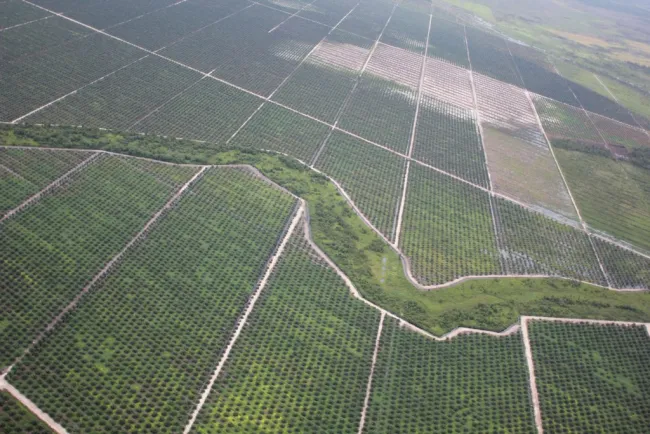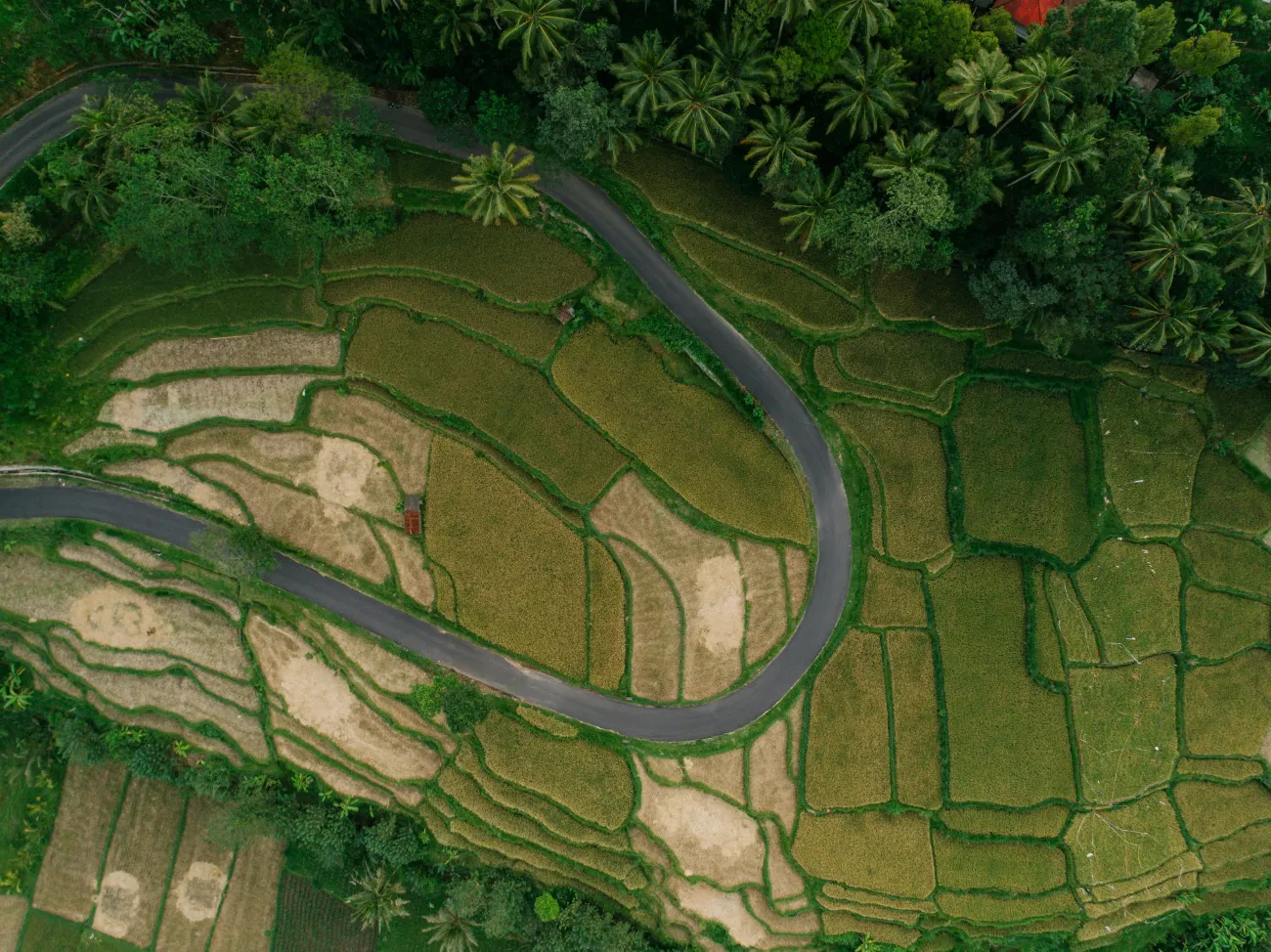27% of global deforestation since 2001 has been caused by permanent land use change for producing commodities (such as beef, soy and palm oil), according to a recent paper. The researchers used satellite imagery to assess 10 km by 10 km grid cells across the globe and categorised each cell by likely forest disturbance type: commodity production, shifting agriculture, managed forestry, wildfire, or urbanisation.

As shown in the figure below, forestry and wildfire were the leading causes of forest disturbance in temperate and northern regions, while shifting agriculture and commodity production were leading causes in tropical regions. The paper notes that palm oil plantations are widespread across Malaysia and Indonesia, crops and cattle grazing are common in Central and South America, and shifting agriculture is the main disturbance to forest in sub-Saharan Africa.
 Image: Fig. 2, Curtis et al. Darker colour intensity indicates greater total quantity of forest cover loss.
Image: Fig. 2, Curtis et al. Darker colour intensity indicates greater total quantity of forest cover loss.
Abstract
Global maps of forest loss depict the scale and magnitude of forest disturbance, yet companies, governments, and nongovernmental organizations need to distinguish permanent conversion (i.e., deforestation) from temporary loss from forestry or wildfire. Using satellite imagery, we developed a forest loss classification model to determine a spatial attribution of forest disturbance to the dominant drivers of land cover and land use change over the period 2001 to 2015. Our results indicate that 27% of global forest loss can be attributed to deforestation through permanent land use change for commodity production. The remaining areas maintained the same land use over 15 years; in those areas, loss was attributed to forestry (26%), shifting agriculture (24%), and wildfire (23%). Despite corporate commitments, the rate of commodity-driven deforestation has not declined. To end deforestation, companies must eliminate 5 million hectares of conversion from supply chains each year.
Reference
Curtis, P.G., Slay, C.M., Harris, N.L., Tyukavina, A. and Hansen, M.C., 2018. Classifying drivers of global forest loss. Science, 361(6407), pp.1108-1111.
Read the full paper here. See also the Foodsource building block What is land use and land use change?




Comments (0)